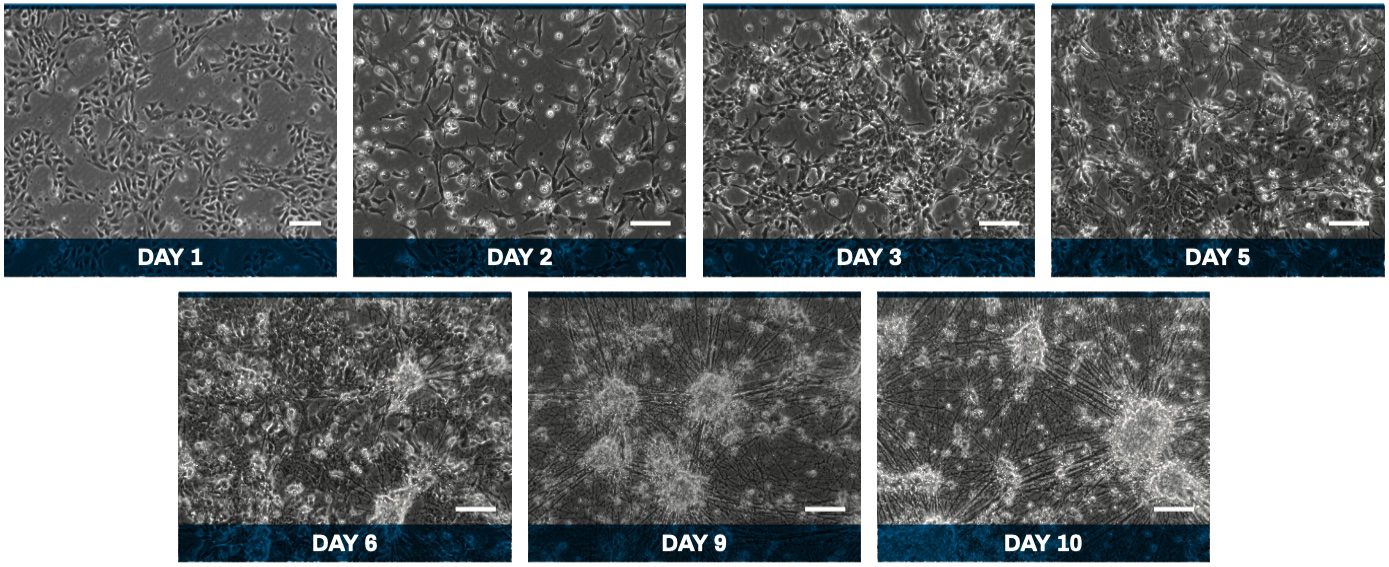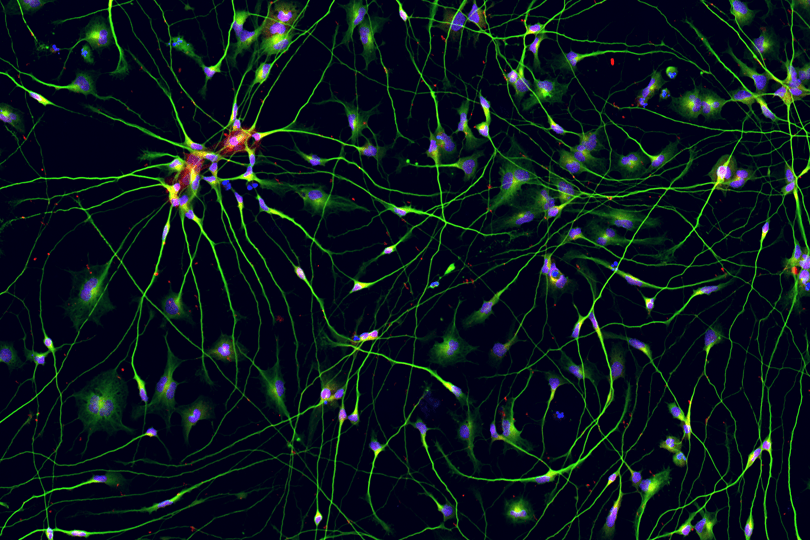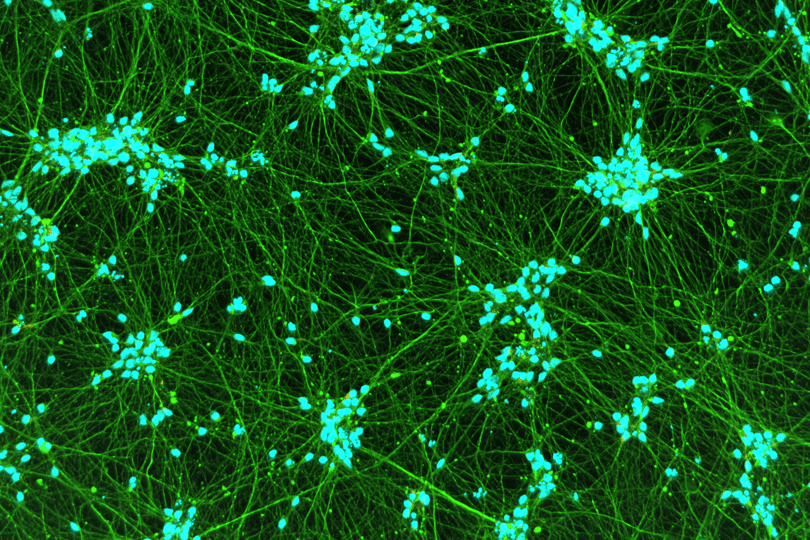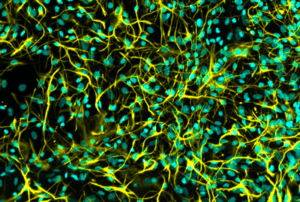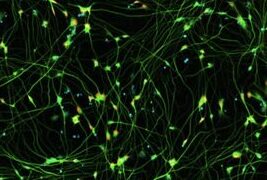Both delivery methods provide robust “footprint-free,” non-integrating expression of the transcription factors, although each kit uses a slightly different workflow. Based on our data, the differentiation efficiency between an mRNA-based and a SeV-based kit is similar. For example, the percentages of TUBB3+ neurons differentiated using Quick-Neuron™ Cholinergic mRNA- and SeV-based kits were 93% and 88%, respectively.
We recommend the mRNA-based neuron differentiation kits for labs with experience culturing iPSCs/ESCs, as the workflow involves slightly more manipulation of fragile differentiating cells than the SeV-based kits. The SeV-based kits are better for labs with little experience culturing iPSCs/ESCs, although they must be used with BSL-2 safety measures and may require prior approval from your Institutional Biosafety Committee (IBC).



